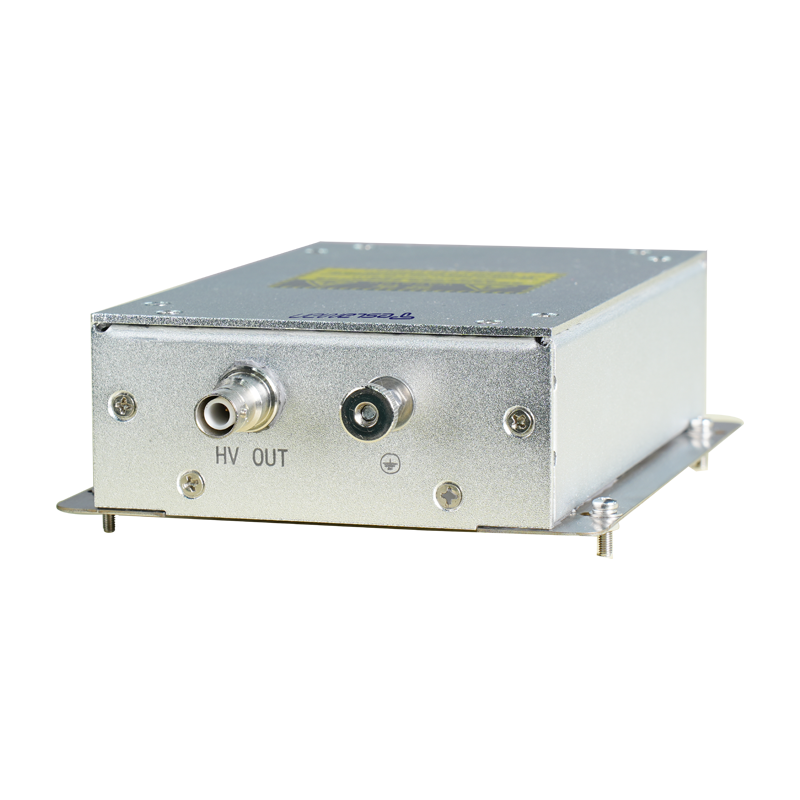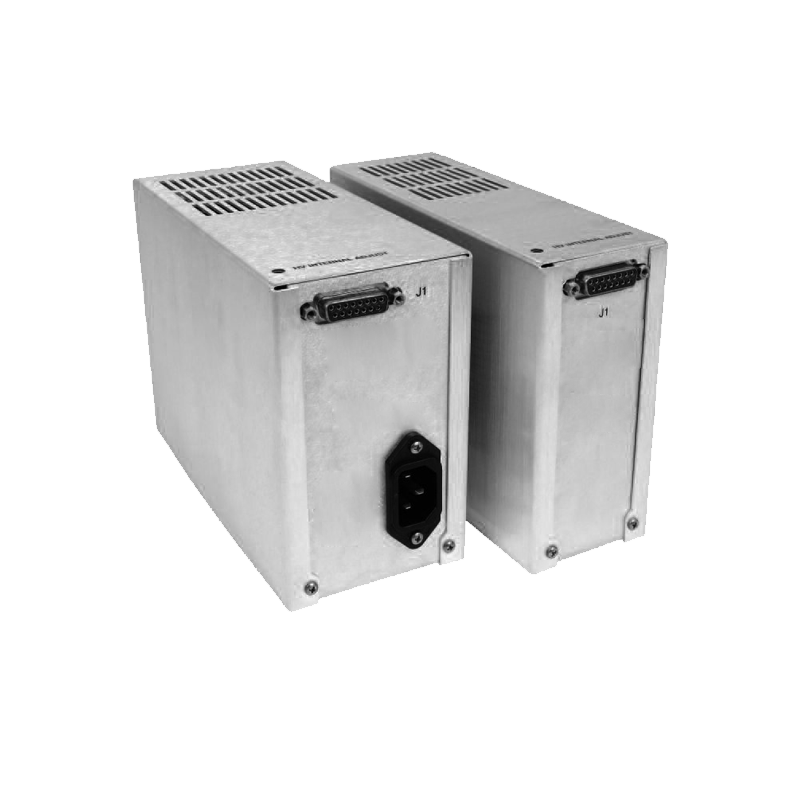Deep-Defect Detection Technology for Multilayer PCB in High-Voltage Power Supply Inspection
The operational reliability of high-voltage power supplies heavily depends on the structural integrity of their multilayer printed circuit boards (PCBs). As the industry moves toward higher power density and miniaturization, latent defects such as delamination, voids, microcracks, and conductive filaments between layers can significantly impact dielectric breakdown performance. Traditional optical inspection methods cannot detect such subsurface flaws, necessitating advanced deep-detection technologies to ensure long-term system reliability.
Among the most effective approaches is X-ray computed tomography (CT), which enables non-destructive, high-resolution 3D imaging of multilayer boards. Variations in material density — between copper, resin, and voids — generate contrast that allows automated reconstruction of internal defects. Modern CT systems use multi-angle projections and iterative reconstruction algorithms to enhance spatial resolution, allowing detection of defects as small as a few micrometers deep within the dielectric layers.
Laser ultrasonic imaging offers another powerful technique. A pulsed laser generates acoustic waves in the PCB substrate, while an optical interferometer records the reflected signals. Analyzing wave propagation time and attenuation patterns enables precise identification of delamination, microcracks, and inner voids. Compared to conventional acoustic microscopy, this method offers non-contact operation and adaptability to thick, high-voltage boards and ceramic substrates.
To automate defect recognition, artificial intelligence-based classification models are increasingly applied. Convolutional neural networks (CNNs) trained on labeled datasets of defect images can distinguish between air gaps, blistering, resin voids, and metal inclusions with high accuracy. Combining AI with 3D tomography allows for automated volume segmentation, enabling predictive analytics on failure probability and process optimization.
Environmental control during inspection is also critical. Variations in humidity and temperature alter dielectric constants and acoustic velocities, potentially introducing measurement errors. Advanced detection systems therefore incorporate automatic environmental compensation and calibration mechanisms to maintain data consistency.
By integrating multi-modal sensing, machine learning, and real-time environmental feedback, modern high-voltage PCB inspection achieves micron-level accuracy and comprehensive internal fault analysis. This technology ensures that even hidden defects are identified before assembly, securing the long-term stability and insulation reliability of high-voltage power systems.




















